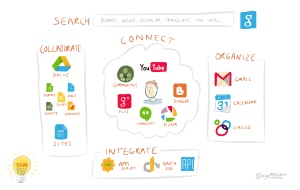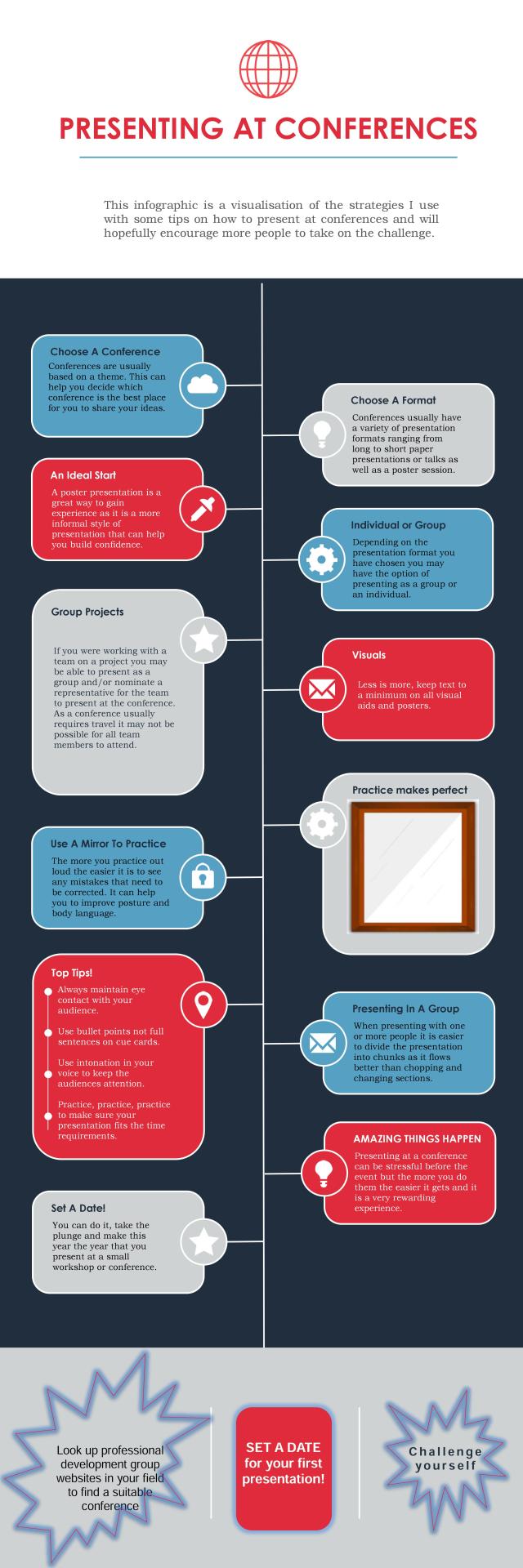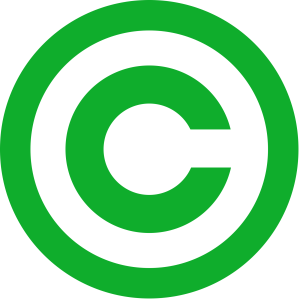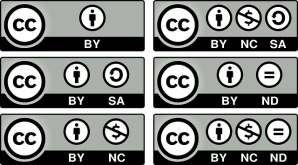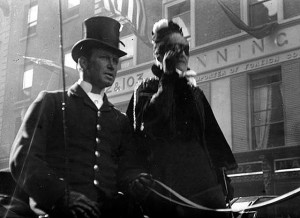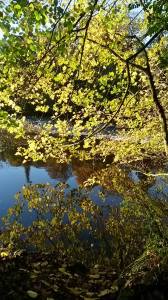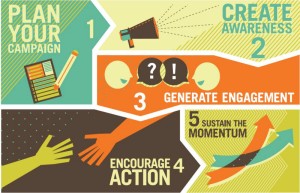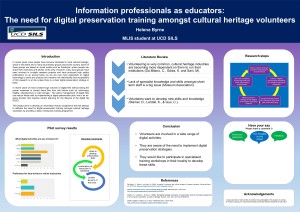
CILIP Ireland/LAI Joint Conference 2015, Belfast.
The task for Thing 20 is write about the process behind giving a presentation. During my undergraduate degree presentations were a key component of the assessment criteria and I was pretty brutal at delivering my presentations but that was OK because no one was particularly good. My first experience at presenting a paper to an audience outside of my class was a pretty traumatic experience. I lacked a lot of self confidence at that point and with a red face I rushed through reading my paper word for word and not making eye contact, I’m pretty sure the audience could hear a tremble in my voice. It took a few years to get over this experience but working as an English language teacher helped me to develop the confidence needed to improve my presentation skills.
Presenting at a conference is easy because in general the audience is kind as they are there to discuss your topic and learn from your experiences. The hardest part about presenting at a conference is having the self belief and confidence in your own abilities to do it. But like in most new skills you develop making mistakes is an important part of the learning process and even though I was so embarrassed when I presented at my first conference I’m sure it wasn’t as bad as I imagined.
The first LIS conference I presented at was the CILIP Ireland/LAI joint conference 2015 in Belfast. This was also my first time to do a poster presentation. The hardest thing about a poster presentation is to be OK with not writing much text and let the images do the talking. As you can see from my poster its not an award winning poster by any means but I developed a lot of skills working on this project and feel more confident about designing posters for forthcoming conferences.
As it was my first time to design a poster presentation I looked at lot of other examples and read lots of blog posts and tips on how to design a poster using MS PPT. Once I got the format right I had to go through the difficult process of editing the poster content. Less text is always better but as you can see from this blog post sometimes it hard to limit the text to in and around one hundred words. If you are feeling shy about presenting for the first time a poster presentation is definitely the best way to gain confidence as everyone presents at the same time usually during lunch so its a relaxed atmosphere and you feel less pressure.
This is a link to my poster:
Helena Byrne CILIP-LAI Poster
These are some websites I found useful:
LAI CDG
UCD
University of Leicester


